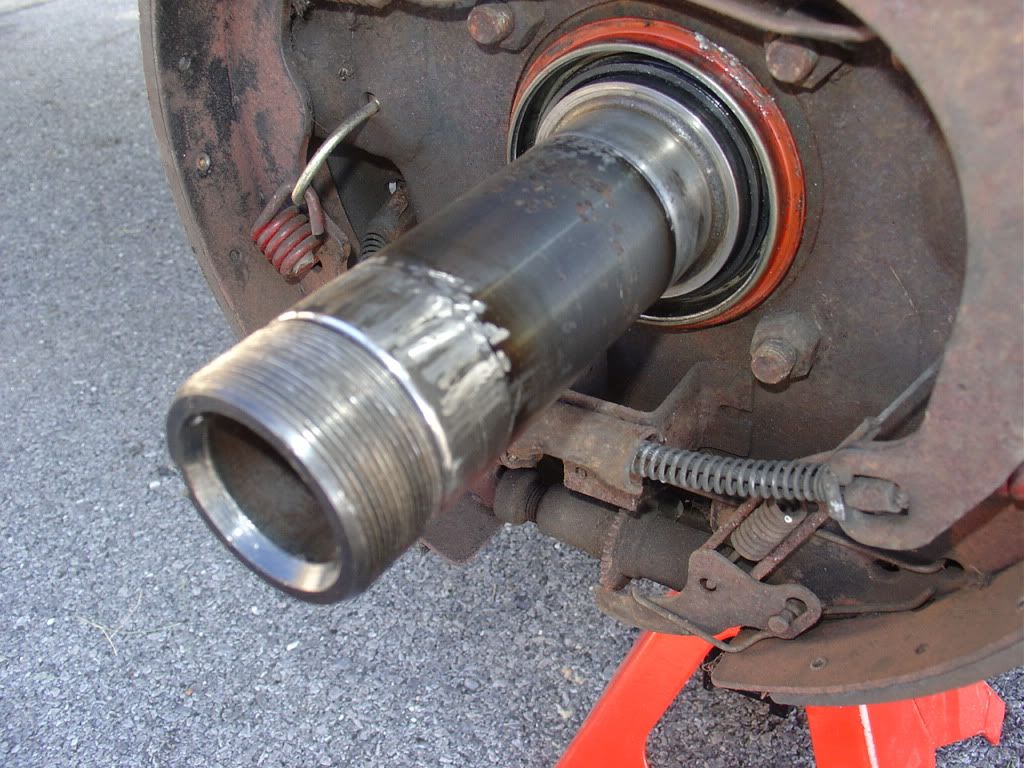The dana 60 rear (drivers side) locked up coming home in rain. Luckilly stayed on road. After getting the hub off, the outside wheel bearing is completly gone. The inner part of bearing is welded.
Anyone seen this? Can it be cut off?
Anyone seen this? Can it be cut off?

Comment